
Patellofemoral pain syndrome is pain at the front of the knee, around the kneecap. The kneecap also is known as the patella. Patellofemoral pain syndrome is sometimes called a runner’s knee. It’s more common in people who run and who play sports that involve running and jumping.

It is common in active individuals. It can result from issues like overuse, muscle imbalances, or improper tracking of the patella.

The knee pain often increases when running, walking up or down stairs, sitting for long periods, or squatting. Simple treatments, such as rest and ice, often help. But sometimes patellofemoral pain needs physical therapy.
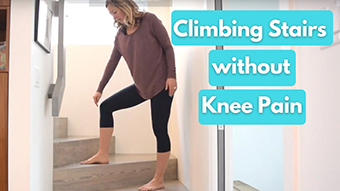
Symptoms
Patellofemoral pain syndrome usually causes a dull, aching pain in the front of the knee. The following can increase the pain:
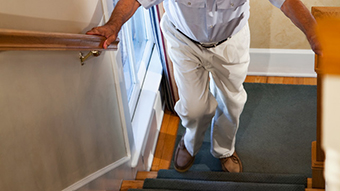
Walking up or down stairs.
Kneeling or squatting.
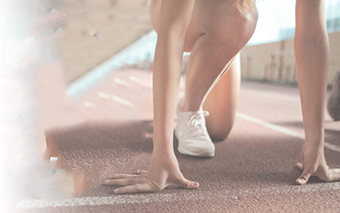
Sitting with a bent knee for long periods of time.
When to see your doctor
If the knee pain doesn’t improve within a few days or it gets harder to move the knee, call your health care provider.
Causes
Patellofemoral pain syndrome can have several causes. It’s been linked with:
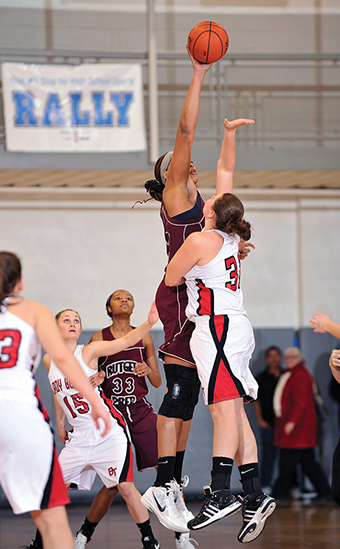
Overuse. Running or jumping sports put repeated stress on the knee joint, which can irritate the kneecap.
Muscle imbalances or weaknesses. Patellofemoral pain can occur when the muscles around the hip and knee don’t keep the kneecap in line. Moving the knee inward during a squat has been linked to patellofemoral pain.
Injury. Trauma to the kneecap, such as when the kneecap gets out of place or breaks, has been linked to patellofemoral pain syndrome.
Surgery. Knee surgery can increase the risk of patellofemoral pain. This is especially true of repair to the anterior cruciate ligament using one’s patellar tendon as a graft.
Risk factors
Factors that can increase your risk include:

Age. Patellofemoral pain syndrome typically affects teens and young adults. Arthritis is more often to blame for knee problems in older people.
Sex. Women are twice as likely as men to develop patellofemoral pain. This may be because women have wider pelvises. A wider pelvis increases the angle at which the bones in the knee joint meet.
Certain sports. Running and jumping sports can put extra stress on the knees. This is especially true when adding more training.
Prevention
Sometimes knee pain just happens. But certain steps may help prevent the pain.
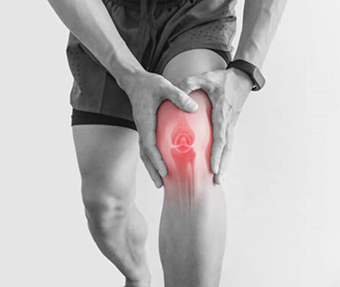
Build strength. Strong leg and hip muscles help keep the knee balanced during activity. Avoid deep squatting during weight training.
Move safely. Ask a physical therapist about exercises to help you jump, run, and turn correctly. It’s especially important to strengthen outer hip muscles. This will help keep your knee from caving inward when you squat, land from a jump, or step down from a step.
Lose excess pounds. If you’re overweight, losing weight relieves stress on the knees.
Warm-up. Before running or doing other exercise, warm up with five minutes or so of light activity.
Stretch. Promote flexibility with gentle stretching exercises.
Build up slowly. Don’t suddenly increase your workouts.
Mind your shoes. Wear shoes that fit well and are designed for the activity.
Diagnosis
Your healthcare provider might ask about your history of knee problems, press on your knee, and move your leg into a variety of positions.
Sometimes imaging tests can help find the cause of knee pain. Tests might include:

X-rays. X-ray images show bones well. X-rays aren’t as good for viewing soft tissues.
CT scans. CT scans show bones and soft tissues. But CT scans involve a much higher dose of radiation than do plain X-rays.

MRI. Using radio waves and a strong magnetic field, MRIs show detailed images of bones and soft tissues, such as the knee ligaments and cartilage. However, MRI scans cost much more than X-rays, CT scans, or ultrasounds.
Ultrasound. This test uses sound waves to show images of muscles and tendons.
Treatment
Treatment of patellofemoral pain often begins with simple measures. Rest the knee as much as possible. Try not to do things that increase the pain, such as climbing stairs, kneeling, or squatting.
Medicines
If needed, take pain relievers you can get without a prescription. These include acetaminophen (Tylenol, others), ibuprofen (Advil, Motrin IB, others), and naproxen sodium (Aleve). Don’t take them for more than 2 to 3 weeks.
Therapy
A physical therapist might suggest:
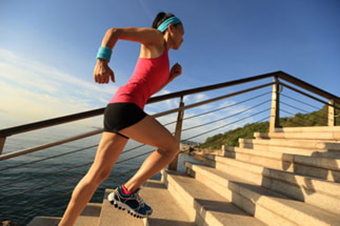
Rehabilitation exercises. Certain exercises strengthen the muscles that support the knees and keep parts of the leg in line. Keeping the knee from moving inward while squatting is a main goal.
Supportive braces. Knee braces or arch supports may help improve pain.
Taping. Your physical therapist may show you how to tape your knee to reduce pain and make you better able to exercise.
Icing. Icing your knee after exercise might be helpful.
Orthotics. Custom-made or ready-made shoe inserts might help take stress off the knee.
Knee-friendly sports. During recovery, it might help to stick to sports that are easier on the knees, such as bicycling or swimming.

Surgical and other procedures
If simple treatments don’t relieve pain, a healthcare provider might suggest:
Arthroscopy. During this procedure, a surgeon inserts a pencil-thin device into the knee through a tiny cut in the skin. This device, called an arthroscope, contains a camera lens and light. Tools to repair the problem can be inserted through other small cuts in the skin.
Realignment. In more severe cases, a surgeon may need to operate on the knee to fix the angle of the kneecap or relieve pressure on the cartilage.




